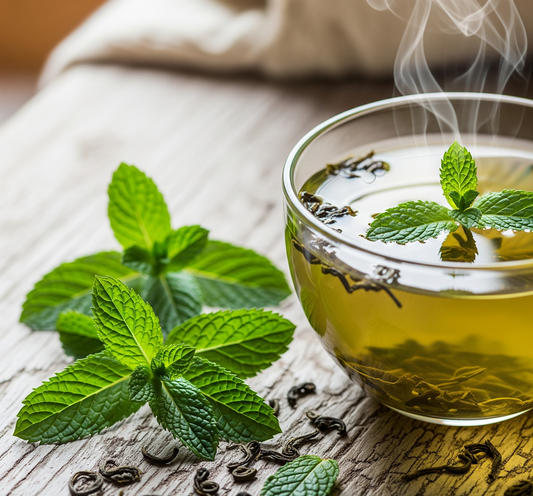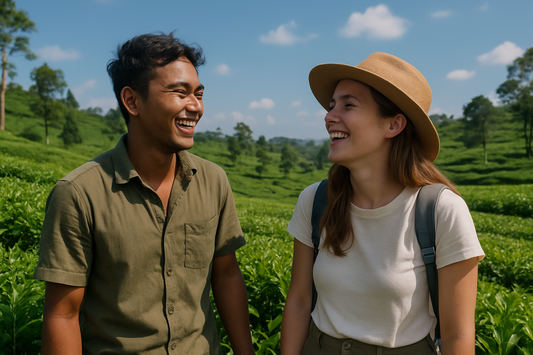Tea is a very popular and common beverage in the world. However, you might be surprised to know that not every country drinks tea the same way — whether it means using different tea leaves or brewing methods.
Tea is a very popular and common beverage in the world. In fact, Haley’s Daily Blog explains that it’s the world’s second most consumed drink. However, you might be surprised to know that not every country drinks tea the same way — whether it means using different tea leaves or brewing methods.
Below, we take a look at the drinking habits and preferences of some well-known tea-drinking countries:
Nepal

In Nepalese culture, a colloquial way of greeting people in the early morning and late afternoon is asking ‘Did you drink tea?’ It’s during these periods of the day that locals like to drink their tea — usually with a snack. For the Nepalese, drinking tea is a reminder of the positivity and good karma that exists in the world.
Most of the tea that is produced and consumed in Nepal is black tea, but green teas and white teas are also popular and as flavorful as well. Here, one of the traditional ways to prepare tea is to boil a pot of equal parts water and milk, then add cardamom pods, whole cloves, crushed cinnamon bark, some slices of fresh ginger, and sugar with the tea leaves. While this traditional way of making tea is similar to preparing India's chai masala, some tea shops and tea bars in Nepal are now educating customers about other specialty teas that are locally produced — thus broadening the categories and taste profiles in tea.
Great Britain

In Britain, tea is usually offered to guests along with some milk, sugar, and a biscuit. It is so ingrained in British culture that 31% of Brits surveyed by Gala Bingo said they have over 5 cups in a single day. Unlike other teas that come in loose-leaf form, British tea comes in small bags.
Afternoon tea and high tea are sometimes mistakenly used interchangeably, but you can differentiate them by their origins. Afternoon tea was historically served as a snack at around 4pm, as there was a long gap between lunch and dinner. But nowadays, afternoon tea is more of a treat rather than a stop-gap. Meanwhile, high tea was associated with the working class who needed stronger tea to fuel up for a day’s work.
India

India is the second largest tea producer in the world, and it includes Darjeeling and Assam. But perhaps the most popular local tea is also one that has gained international interest: chai (or chai masala). This tea is a milk-infused, sweet-spicy drink containing spices that can differ per region and season. The most popular ingredients are cardamom, cloves, ginger, and fennel.
Many Indians have at least two cups of chai a day, and it is also served to guests. Take note that preparing the perfect cup of chai calls for a lot of practice and patience. For an authentic experience, there are roadside chai stalls in India where one can watch the process of thickening the chai to the right consistency and boiling it long enough to absorb the flavors.
Japan

Ocha, or Japanese green tea, is graded and named according to its quality, parts of the plant used, and how well it is processed. Tea is made by either brewing loose leaves or mixing the powdered form (called matcha) in water. In some restaurants, Ocha is sometimes served for free.
Ocha is so celebrated in Japan that they have tea ceremonies and special ways of drinking tea. Traditionally, tea should be finished in three sips — two small ones, and a big final sip. It’s also often consumed with a small, sweet candy to complement the taste. Then, there’s also the tea ceremony. Books and Bao’s guide to the Japanese tea ceremony explains that it is a spiritual event developed around Zen Buddhism. This ceremony has been done for hundreds of years and follows strict rituals and guidelines.
Preferences and habits regarding tea can vary greatly. But in the end, they’re all meant to enjoy and appreciate this beverage to the fullest.
Contributed by: Carolyn Farnsworth
Carolyn Farnsworth is a freelance lifestyle writer and frequent traveler. She loves introducing her readers to new cultures and exploring their different ways of life. When she isn’t on the move she can be found at her local climbing center.




